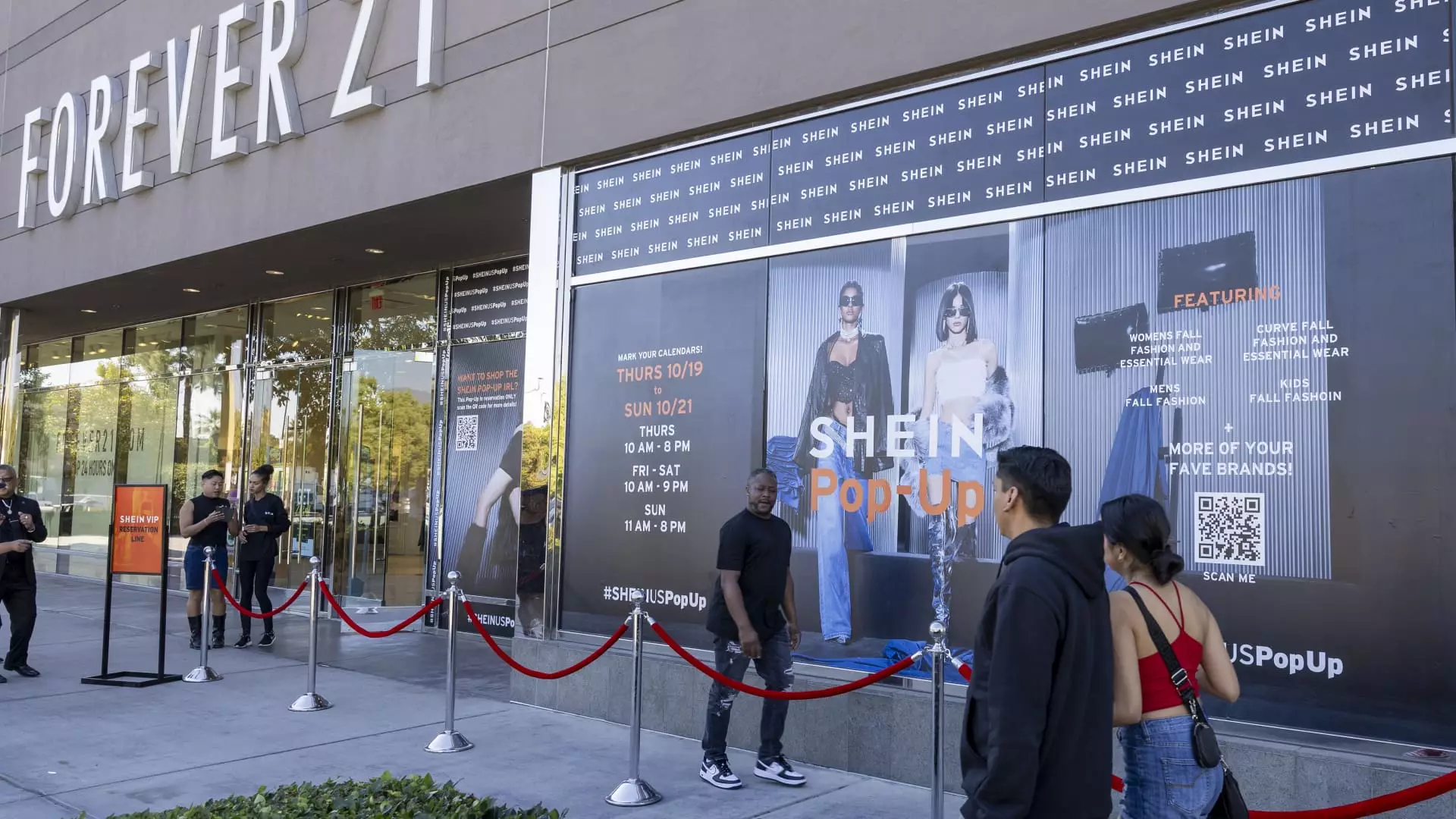Forever 21, a well-known fast-fashion brand with over 380 stores in the U.S., is currently facing a challenging time as its sales decline and competition intensifies. The retailer has reached out to some landlords, requesting up to a 50% reduction in rent to alleviate its financial strain. These difficulties come after the company filed for bankruptcy protection in 2019 and underwent a change in ownership, involving Authentic Brands Group, Simon Property Group, and Brookfield Property Partners.
One of the core issues plaguing Forever 21 is its struggle to keep up with the fast-fashion market’s demands. The brand’s operational inefficiencies, particularly in managing inventory and understanding consumer needs, hinder its ability to compete effectively. Expanding too rapidly during its growth phase left Forever 21 unable to invest in its supply chain, leading to challenges in responding promptly to changing trends.
The aftermath of the bankruptcy protection filing has not resolved Forever 21’s financial woes. The retailer’s tardiness in paying vendors, with some bills over 70 days past due, signals potential financial instability. Late payments can indicate larger financial troubles and affect relationships with suppliers, impacting product availability and overall business operations.
Competition from Ultra-Fast-Fashion Retailers
Forever 21’s predicament is exacerbated by ultra-fast-fashion competitors like Shein and Temu, which have revolutionized the industry with on-demand manufacturing and rapid trend replication. The speed and efficiency of these new players pose a significant challenge, making it challenging for traditional brands like Forever 21 to keep pace.
In a surprising move, Authentic Brands CEO Jamie Salter admitted that acquiring Forever 21 was a misstep, underestimating the threat posed by Shein and similar brands. Collaborating with Shein, Forever 21 aims to leverage the digital giant’s strengths in supply chain efficiency and trend responsiveness. However, questions arise regarding Shein’s potential dominance and the implications for Forever 21’s physical stores.
Forever 21’s current struggles highlight the evolving dynamics of the fast-fashion landscape and the importance of adapting to changing market conditions. The brand’s challenges in operational efficiency, financial stability, and competitive positioning underscore the need for a strategic overhaul to ensure future viability. As the retail industry continues to evolve, embracing innovation and responding effectively to consumer demands will be crucial for brands like Forever 21 to thrive in a rapidly changing environment.

Leave a Reply